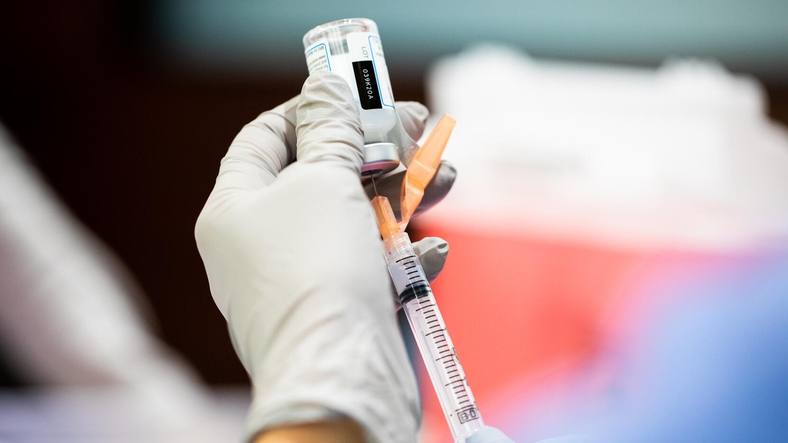-
COVID-19
Q&A podcast: Updated COVID-19 boosters target omicron variants

The first significant change to COVID-19 vaccines since their rollout came this week as the Food and Drug Administration granted emergency use authorization for updated Moderna and Pfizer COVID-19 boosters aimed at the omicron variants. The Centers for Disease Control and Prevention (CDC) also signed off on the recommendation, clearing the way for the new COVID-19 booster to be administered.
The new boosters are bivalent vaccines, meaning they target more than one strain of the virus. The new formulation targets the BA.4 and BA.5 omicron variants, in addition to the original coronavirus strain. BA.5 is responsible for nearly 90% of all new COVID-19 cases in the U.S., according to the CDC.
The Pfizer bivalent booster is approved for people 12 and up if they have already received their primary COVID-19 vaccine series and it has been at least two months since their last vaccine dose. The Moderna bivalent booster is available on the same timeline to people 18 and up.
"This booster recommendation is in anticipation that there will be yet another surge as college students, grade school and high school students are gathering back together," explains Dr. Gregory Poland, head of Mayo Clinic's Vaccine Research Group. "We're also preparing for cooler weather, meaning more indoor activities, family gatherings and the holidays — often without masks, unfortunately. We still need to take COVID seriously."
Another big concern for vaccine experts is the upcoming flu season. The Southern Hemisphere is often an indicator of what's to come for the U.S. Australia's flu season exceeded its five-year average, particularly affecting children under age 5, according to a recent report.
Experts worry that the relaxing of masking and social distancing recommendations that were in place for COVID-19 purposes the past two winters will be a factor. These measures also protected people from the flu.
"When cold weather moves us indoors, a high viral circulation occurs in schools and other indoor settings. I think we are very likely to see a bad flu year," says Dr. Poland. "Now I know we've been predicting that for two years, but for the most part, people wore masks and it didn't happen. I don't think that'll be the case this year. People are not wearing masks, and we are very likely to get hit hard by influenza."
On the Mayo Clinic Q&A podcast, Dr. Poland discusses the latest COVID-19 news and touches on other news, including monkeypox, polio and the upcoming flu season.
Watch: Dr. Poland discusses COVID-19, flu and other news.
Research disclosures for Dr. Gregory Poland.
_______________________________
For the safety of its patients, staff and visitors, Mayo Clinic has strict masking policies in place. Anyone shown without a mask was recorded prior to COVID-19 or recorded in an area not designated for patient care, where social distancing and other safety protocols were followed.
Information in this post was accurate at the time of its posting. Due to the fluid nature of the COVID-19 pandemic, scientific understanding, along with guidelines and recommendations, may have changed since the original publication date.
For more information and all your COVID-19 coverage, go to the Mayo Clinic News Network and mayoclinic.org.







